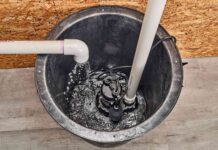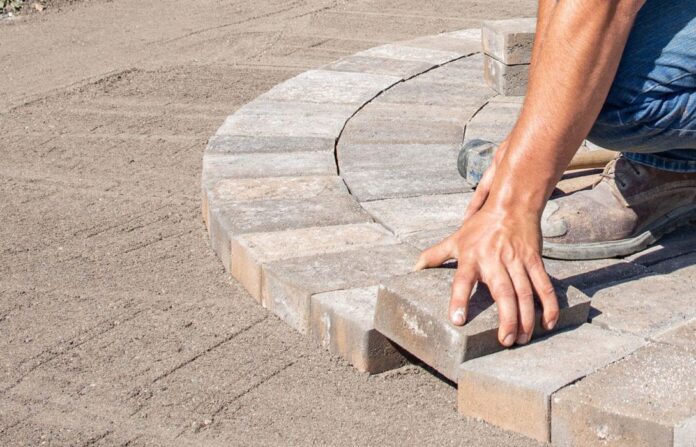
Do you ever find yourself stuck choosing between pavers and concrete? The material both provides durability and aesthetic adaptability. That is why many property owners choose these two. But what you want is to select the material best for your outdoors.
First, your choice must fit your requirement. Here is your patio 411, all the basic comparisons between the paver and concrete flooring. At the end of the day, you will choose the one that fits your needs most.
Now your pressing question is, what do I need? Will the materials, concrete, or paver fit my property? Below are some crucial questions to ask yourself when choosing the right material for installing your patio.
- Where will I use the materials?
- How will I use the material?
- How will the concrete or paver fit around my property?
- Do I have time to install the paver or concrete myself?
- Can I handle the maintenance of the materials required?
To get your answers to all these, here are your concrete vs. pavers head-to-head comparison. Read until the end to arrive at your best choice.
Choosing the Material Concrete and Paver: Quick Guide
When choosing, you need first to consider several factors. Here are what matters to both pavers and concrete patio.
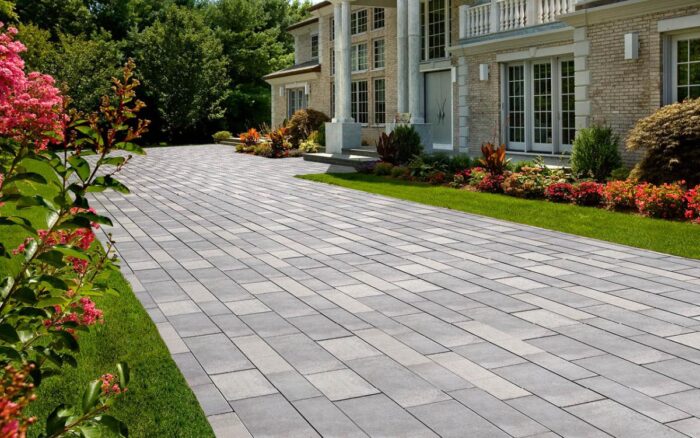
- Durability
- Installation Cost
- Labor and Time
- Area of Installation
- Design requirement
- Aesthetic appeal
- DIY option
- Maintenance requirement
Take note of these factors and see how each one influences your cost, your time, and other preferences. Next, look at how both materials compare to each other based on these four primary considerations.
Comparing Paver and Concrete Patio: Maintenance, Cost, & Other Essentials
Maintenance
So, why do you need to consider maintenance first? Often users put maintenance or cleaning last. But if you are committed to finding the right option for you, think about this crucial factor ahead of everything else.
Here is how concrete patio and paver maintenance comparison looks:
Concrete
Easy to maintain
- Requires simple polishing tools, such as damp cloth and simple cleaning solution.
Resurfacing as an option than repair
- This option provides you to keep an existing slab even with the damage. No need to throw the material away.
You can repair just a piece with damage on it.
Pavers
- Maintenance is a challenge.
- Gaps exist between each paver’s stones, and weeds may go around it.
- You may need to hire a worker to weed manually around the pavers.
- Its repair can be simple. While pavers are prone to dents and crack, only a tiny area will get affected. No need to worry about the repair. However, you might need to install a piece with damage manually.
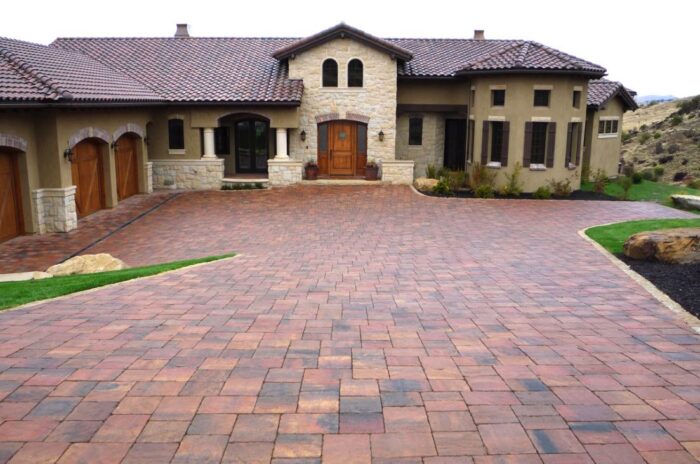
Seeing maintenance first will help you look ahead. When you get a local flooring contractor as the sanjoseconcreteresurfacing.com to build the patio options for your home, there is no turning back. What can lead you to dismay is when the time for repair and maintenance comes.
As you look at the quick comparison above, you may now have a rough estimate of how much maintenance you’ll allot to your patio.
Durability and Versatility
In terms of durability and versatility, one excels over the other.
Here is how their comparison looks:
Concrete
- Last up to 30 years
- Suitable for high traffic to moderately-high traffic areas
- Adapts to any weather
- Concrete patios can adapt stamps and stained patterns. Stamped designs recreate the look of wood, slate, stone, and brick.
Pavers
- Last up to 50 years
- Prone to cracks and dents
- Adapts to any kind of weather, suitable for outdoors and driveways
- You can form irregular shapes according to your patio’s shape and size
- Pavers stones come in many colors and hues
Costs of Installation
There are vital factors to determine the cost
- Time
- Monetary
- Labor
The cost of installing concrete or paver does not only revolve around counting cents. Cost also involves counting the seconds that the clock tick. You may choose a material that you need to finish in a specific amount of time.
The load of work exerted is also vital for you to decide. Pavers will require more effort to put each stone piece together manually. But for concrete, pouring the mix will only take days. One person can also do it. But the installer has to make sure that he pours the concrete mix evenly above the surface.
Here is a cost summary comparing concrete and paver
Concrete
- $ 4 to $ 10 per square foot
- Installs in 7 days with, requires curing up to 28 days after the concrete is poured
Paver
- $ 10 to $ 20 per square foot
- Installs in 6 days ( includes prep, material installation, clean up debris)
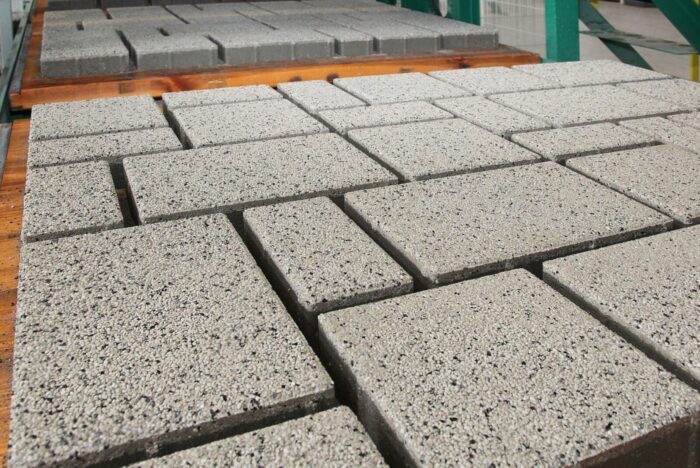
Laying the pavers and pouring the concrete requires less time. However, since concrete is a cement-based material curing an entire slab takes time.
Meanwhile, pavers come out as an end product. If you include the duration of creating pavers as a piece of material, the entire process will take 28 days.
Location and Area Size
Do not make this factor, area size, the last thing for you to consider. It tells you more about your patio resurfacing needs. If you know you have a vast area to construct, then a concrete patio will be a more efficient option.
Looking at a considerable space requires your time and massive labor force to finish the patio if you decide to choose pavers. Pavers involves several steps. But if you have the luxury of time, then you may opt for pavers if that is the one you desire most.
Now, if you will look at time and labor cost, concrete got you covered. And fortunately, by using stamped concrete, you will achieve the look and style of paver stones.
Lastly, check your location. Remember how many days the concrete takes to cure? It will not be suitable for areas where humidity lacks. It will also take you more time to wait for the concrete mix to dry completely. In this case, a paver patio is your best bet.
Conclusion
A concrete patio is a better solution if you like to put cost efficiency on top of your priority. But if you want something more practical and customizable, the pavers are a better option.
The bottom line is, your choice will depend on how well you know what your patio needs.






